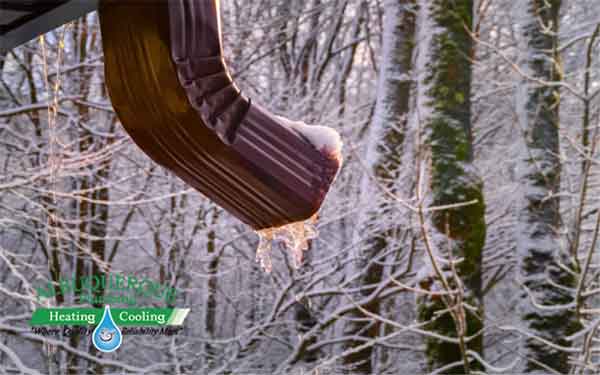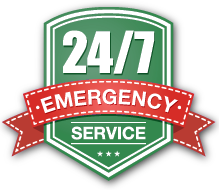
The winter season brings a lot of beauty, but it can also bring a lot of damage. Frozen pipes aren’t just annoying, they can be costly. Here are some tips on How to Prevent & Treat Frozen Water Pipes.
As the temps drop, the chances for frozen pipes goes up. Many things can be done to Prevent & Treat Frozen Water Pipes. Being aware of the danger zones and taking proper precautions can go a long way to help. And if you do find yourself with a frozen pipe, knowing what to do could save you a lot of frustration and money. Albuquerque Plumbing Heating & Cooling has the following info for you:
How to Protect Pipes From Freezing
- Drain water from swimming pool and water sprinkler supply lines following manufacturer’s or installer’s directions.
- Close inside valves supplying outdoor hose bibs. Open the outside hose bibs to allow water to drain. Keep the external valve open so that any water remaining in the pipe can expand without causing the pipe to break.
- Add insulation to attics, basements and crawl spaces – especially where there are pipes.
- Consider installing specific products made to insulate water pipes like a “pipe sleeve.”
- Both hot and cold pipes need to be insulated.
- When the weather is freezing outside, let the cold water drip from the faucet served by exposed pipes. Running water through the pipe – even at a trickle – helps prevent pipes from freezing.
- Keep the thermostat set to the same temperature both during the day and at night. By temporarily suspending the use of lower nighttime temperatures, you may incur a higher heating bill. Still, you can prevent a much more costly repair job if pipes freeze and burst.
How to Thaw Frozen Pipes
- If you turn on a faucet and only a trickle comes out, suspect a frozen pipe. Likely places for frozen pipes include against exterior walls or where your water service enters your home through the foundation.
- Keep the faucet open. Running water through the pipe will help melt ice in the pipeline.
- Apply heat to the section of pipe using an electric heating pad wrapped around the pipe, an electric hairdryer, a portable space heater (kept away from flammable materials). Do NOT use a blowtorch, kerosene or propane heater, charcoal stove, or another open flame device.
- Apply heat until the full water pressure is restored.
- Check all other faucets in your home to find out if you have additional frozen pipes. If one pipe freezes, others may freeze, too.
Knowing How to Prevent & Treat Frozen Water Pipes is an essential part of home maintenance. If you can’t locate the frozen section of the pipe, or simply don’t want to deal with it, just give Albuquerque Plumbing Heating & Cooling a call and we’ll be happy to help.



